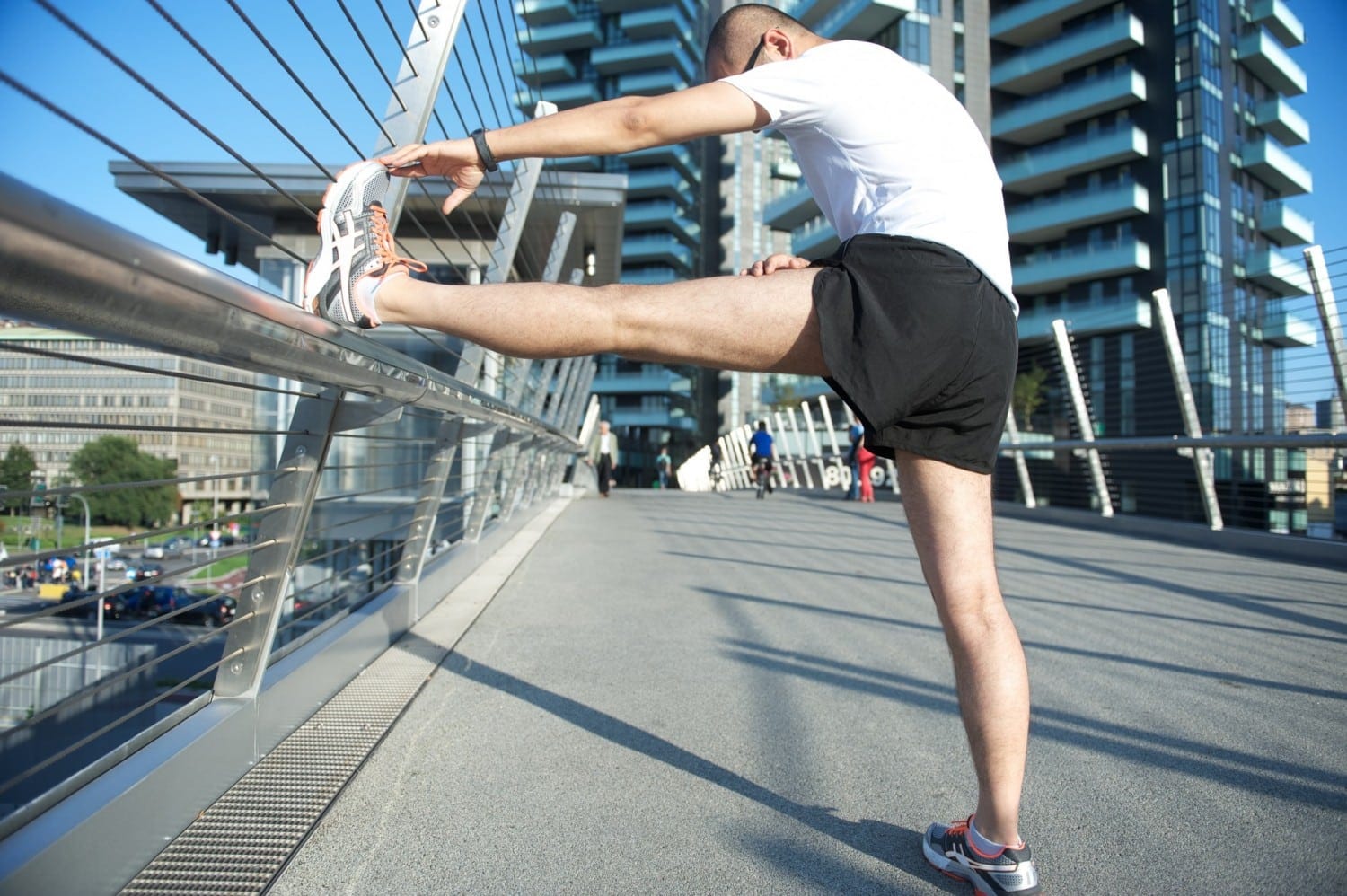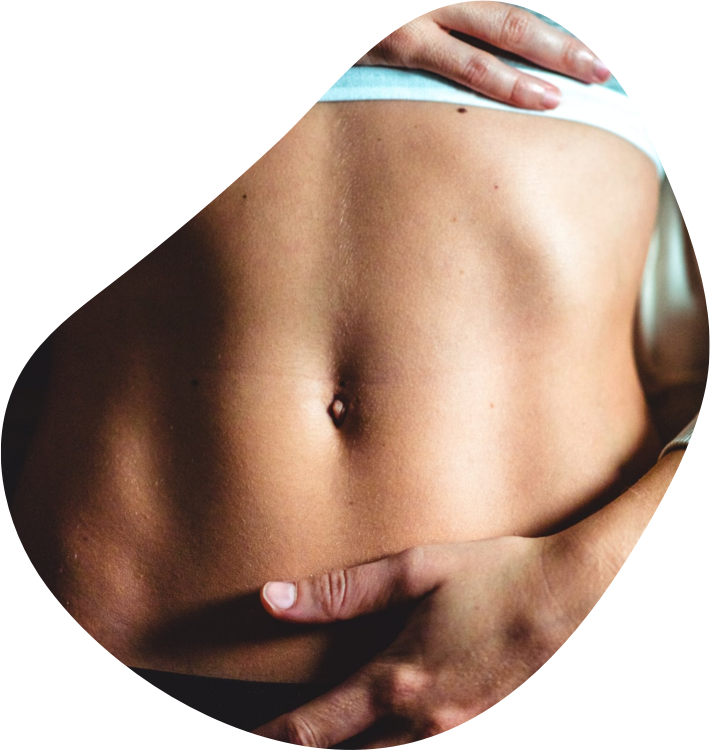Stretching – that activity that we know we should no but generally don’t, leaves you feeling nice and warmed up and ready to take on the world… but why is stretching important, and does it really matter if you decide to skimp on it? In this article our Musculoskeletal Therapist Emma shares her wisdom on stretching.
Range of motion
Generally speaking, the range of motion is dictated by two factors: your joints and muscles. Muscle provides passive and active tension to joints, with neuroreceptive qualities to it, dependent on its contractile state. Movement is also dependent on the amount of range of motion a synovial joint has (synovial being a joint that has a capsule filled with synovial fluid).
Muscle tension decreases range of motion
So from this we have one major factor that we can control: muscle tension. Muscle tension can result from a variety of things; anything from your day-to-day activities – work, exertional exercise, walking, even sitting down and watching television has some factor in which muscles create tension, and which muscles are switching off and not doing their job.
Without even working your muscles can become tense from your body’s amazing ability to adapt and overcome situations. This can include scar tissue, neurological impairment, or certain postures (think desk work, five days a week situations).
Stretching helps the muscles and the joints
Stretching generally focuses on the muscular length between the joints where it originates, and where it attaches. When you stretch, your muscle increases in length due to muscle: brain communication through certain receptors. As well as stretching muscles, actively stretching allows your joints to increase in space, allowing less compression between bones. This reduces deterioration of joint structures, ultimately allowing your ligaments and fascia (the connective tissue surrounding your muscles, bones, joints, blood vessels etc) to release. Regular stretching can therefore prevent pain and discomfort that arises from both muscular tension and joint pain.
Stretching calms the mind
Active stretching, the kind that puts you through your entire range of motion – holding and releasing several times, can also induce a meditative state, where you are able to enjoy the full benefit of your feel good endorphins! Combining stretching with some deep breathing exercises will help you to be able to stretch longer with the added benefit of relaxation.
Stretching for people who ‘can’t stretch’
Are you particularly tense and feels like you just can’t reach that happy point of no pain and/or length when stretching? Getting some passive stretches from a Musculoskeletal or Remedial Massage Therapist can greatly reduce the restrictive feeling of active stretching as they work with your own body dynamics, rather than against them. It feels fantastic to stretch like this since you’re immediately relaxing into it and allowing your body to naturally move in ways that would otherwise be limited from the psychological barriers in place to reduce injury.
So to recap, you shouldn’t skimp on stretching because…
- It lengthens muscles to relieve tightness
- It helps to increase space in the joints, which can prevent pain and discomfort
- It helps to prevent injury
- It increases range of motion, to help you move more freely
So now that you know, try not to skimp on stretching. It really is an important part of keeping your body healthy and mobile through the years. Happy stretching, everyone!
Want your own tailored stretching program? Make an appointment with a musculoskeletal or remedial massage therapist by calling 07 3367 0337 and we will help you on the way to recovery.



